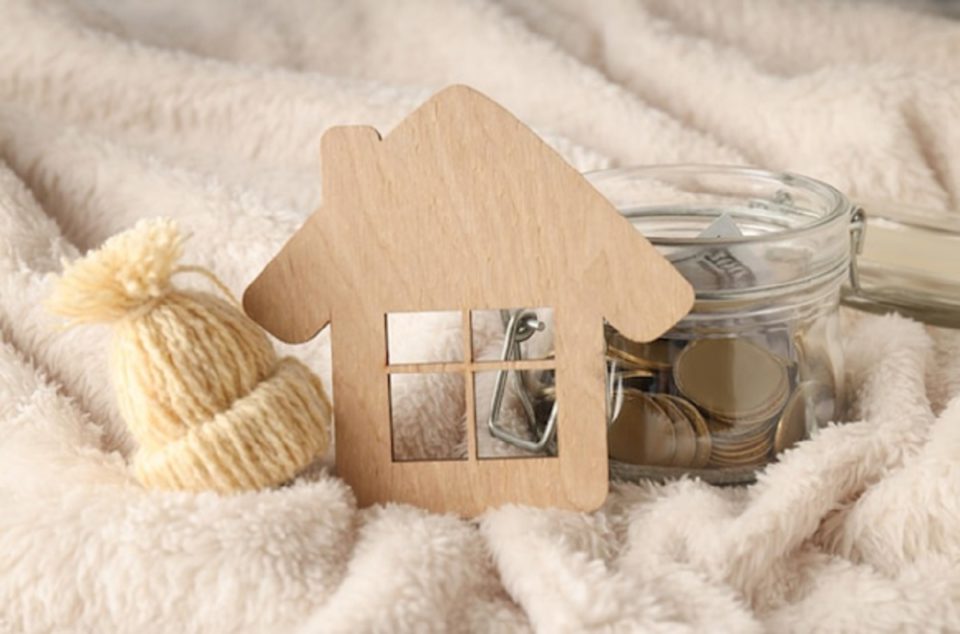Humans can’t actually hibernate, but as the temperatures go into freefall and the snow piles high, you probably wish you could. Winter can be a cold, dark, and exhausting time of the year that zaps your motivation.
Unfortunately, Old Man Winter doesn’t always give you the peace you’re after. Winter can be a high-cost season packed tight with these unexpected expenses.
Household Repairs
Winter isn’t just tough on humans. Arctic winds and icy precipitation are unkind to your home, too.
- Cold temperatures can put your plumbing at risk of freezing, causing blockages and burst pipes.
- Old furnaces and water heaters can break down during their busy season.
- A single winter storm can cause serious damage, especially if toppled trees hit your roof.
Basic home insurance will cover extensive damage caused by trees and flooding. But what about the season’s smaller hiccups, like a cracked window or busted water heater?
The 1% Rule can help. It recommends you set aside 1% of your home’s value each year to handle these unplanned expenses. For a house that’s worth $650,000, your savings goal should be $6,500.
Admittedly, that’s a steep target that might take more than a year to achieve. If you can’t quite hit this goal, a line of credit can be a handy thing to have during the winter.
If you don’t already have a line of credit at your disposal, a lender like Fora makes it easy to research. You can visit https://foracredit.ca to find out how a line of credit works and what you need to apply.
Seasonal Mishaps
Ice and snow-covered walkways are a recipe for disaster. One wrong move, and you can easily twist your ankle or break something in a fall.
While you might not have to pay to see a doctor or specialist, you may get saddled with costly prescriptions and equipment following your appointment. You might even lose work as you recover.
Prevention is the best medicine in this case. Clearing snow and sprinkling salt down around your home can reduce your chances of a nasty fall. You can also buy crampons, a traction accessory you slip over your boots to give you a better purchase on slippery surfaces.
Of course, accidents still happen. If you still get hurt despite your best efforts to avoid an injury, a line of credit can help until you get back on your feet.
Car Trouble
If the rest of this list wasn’t hard enough, winter could throw some automotive challenges your way.
- A deep freeze can drain your car’s battery.
- You can drive over a jagged rock hidden by snow and puncture your tire.
- Snow, slush, and ice of the season can also make your usual commute a harrowing experience.
While unpredictable, these issues are part in parcel of owning a vehicle. On average, you can expect to pay $1,400–$1,500 in maintenance fees each year.
Keep this number in mind when you sit down with your budget. You can save this amount in an emergency fund with just $125 a month. You can rely on a line of credit if your repairs exceed this estimate, or if you need repairs before you achieve your savings goal.
Insulate Your Budget from Winter’s Big Chill
While you may not predict what the winter will bring, you can be prepared for anything with these tips!
